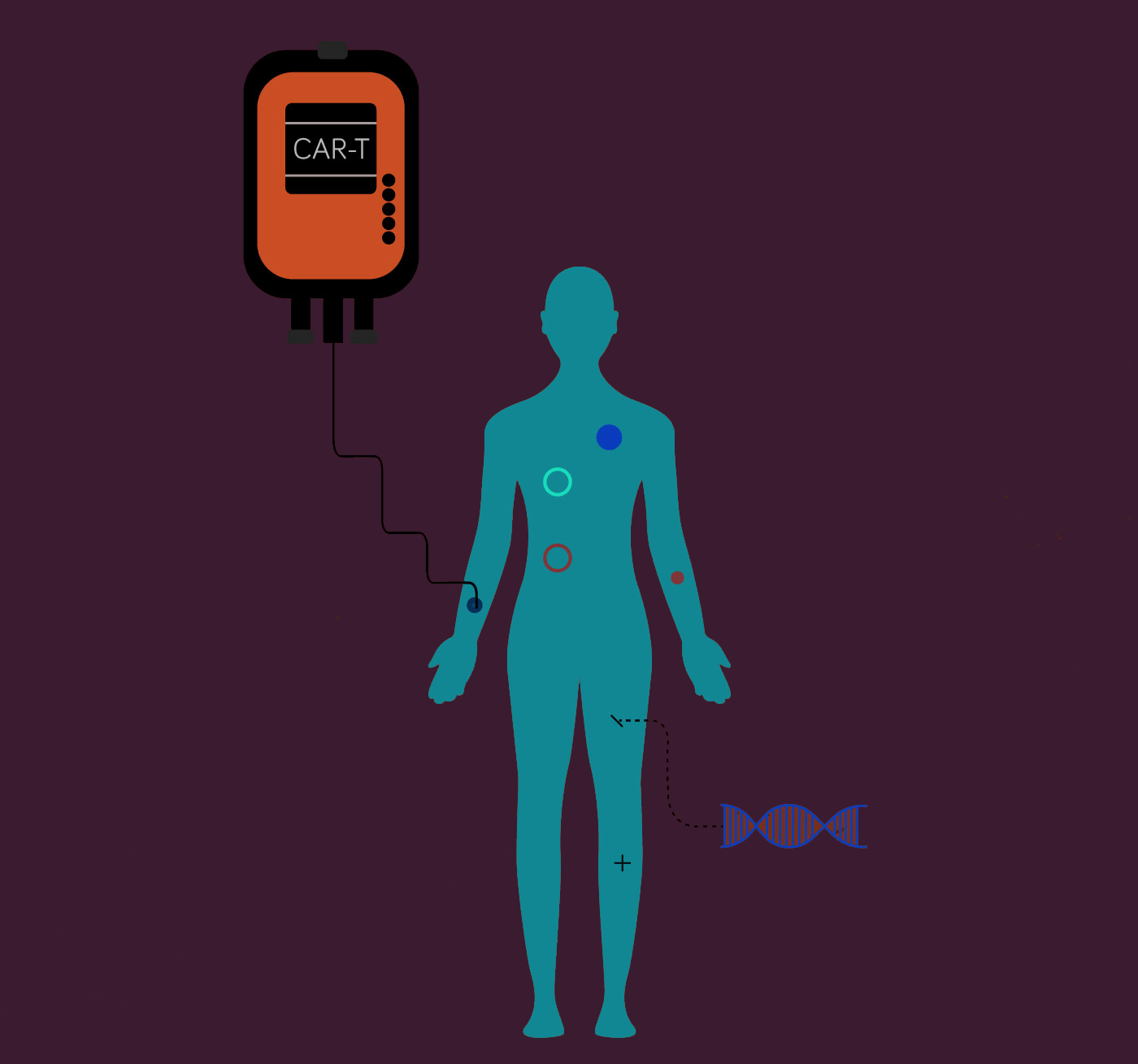
Mass photometry in AAV characterization. A big challenge facing the gene therapy field is developing analytical tools to ensure purity and safety of the vectors used to deliver genes – such as recombinant adeno-associated viruses (AAVs). Now, researchers from the National Heart, Lung, and Blood Institute, USA, have applied the recently developed single-molecule technique, mass photometry (MP) – which measures mass distributions of biomolecules – to AAV characterization. They found that MP can measure heterogeneity, relative species content, packing efficiency, and other attributes of AAVs accurately, reproducibly, quickly, and with minimal sample preparation. “Those attributes make MP an attractive tool for the biophysical characterization of viral vectors in industry and academic applications,” the researchers concluded (1).
Separating the genes from the chaff. Another challenge in AAV production is the presence of capsids that lack the required gene of interest, causing purity issues and potentially immune responses that reduce the effectiveness of the therapy. In a recent study, a team of Pall researchers used a novel anion exchange chromatography elution method to separate empty and full AAVs. Initially the results did not meet the team’s separation expectations, which they thought was related to membrane chromatography devices tending not to have a sufficiently large number of theoretical plates. So they switched to a step gradient, which provided better AAV enrichment (2).
Agilent teams up with Lonza. Sticking with analytical challenges in advanced medicine, Lonza and Agilent are collaborating to integrate new analytical technologies into Lonza’s Cocoon – an automated and closed platform for cell therapy manufacturing. The idea is to bring real-time information on Critical Quality Attributes (CQA) so that the manufacturing process can be “directed” in real time. This approach could be particularly valuable for autologous cell therapies, such as approved CAR T-cell therapies Yescara and Kymriah, because of the inherent variability of the starting material – cells taken from a patient, which are then genetically modified and infused (3).
Best practices for aggregate analysis. The cell and gene therapies mentioned above look to large-molecule therapies – especially protein therapeutics – as a model for rapid progression from an emerging to an established therapy. As such, many analytical techniques that help ensure the quality of protein therapeutics are now well established; for example, analytical ultracentrifugation (AUC) is used to characterize soluble aggregates that can reduce drug efficacy and safety. In a recent review article, industry and academic researchers explore the key considerations and best practices for aggregate analysis – summarized in a handy table (4).
In other news…
Protein Metrics will sell their Byos software with Agilent’s liquid chromatography-mass spectrometry (LC-MS) systems and will work on common applications as part of collaboration (5)
PreOmics – developer of automation and sample prep tools for MS-based proteomics, spun out of Matthias Mann’s lab – raises €13.5m in Series B financing provided by Bruker (6)
Depixus, a biotech developing technology that immobilizes DNA within a flow cell to detect changes, such as base modification patterning, raises €30.6 million in Series A financing (7).
Scientists at Scripps Research use high-resolution, low-temperature electron microscopy (cryo-EM) to rapidly characterize antibodies – elicited by a vaccine or infection – that bind to a desired target on a virus at the atomic level (8)
Researchers use high-speed fluorescence image-enabled sorting to isolate cells with complex cellular phenotypes (9)
References
- Di Wu et al., Gene Therapy (2022). https://doi.org/10.1038/s41434-021-00311-4
- AL Hejmowski et al., Biotechnology Journal (2021). https://doi.org/10.1002/biot.202100219
- Agilent et al. (2021). Available at: https://bit.ly/32nbasY
- GM Bou-Assaf et al. (2022). Available at: https://doi.org/10.1016/j.xphs.2021.12.023
- Cision (2022). Available at: https://bit.ly/3IvwsnL
- Select Science (2022). Available at: https://bit.ly/3KH1n2i
- Cision (2021). Available at: https://prn.to/3qOq5Wq
- A Antanasijevic et al. (2022). https://doi.org/10.1126/sciadv.abk2039
- D Schraivogel et al., Science, 375, 6578, 315-320 (2022). https://doi.org/10.1126/science.abj3013




